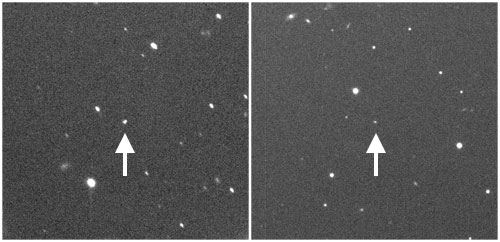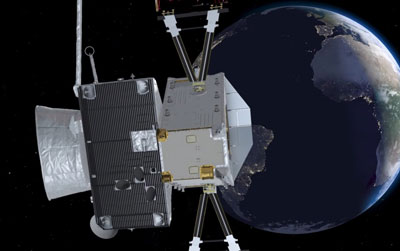Last month the spacecraft BepiColombo swung by Earth on its way to the planet Mercury. BepiColombo is a joint mission between the European Space Agency (ESA) and the Japan Aerospace Exploration Agency (JAXA).
Launched in October 2018, the spacecraft spends seven years performing gravity-assist flybys past Earth, Venus and Mercury. These are to lose speed with respect to the Sun in order to go into orbit around Mercury itself in late 2025.
The first of the flybys occurred at 04:25 UTC on 10th April, when the spacecraft flew by Earth just 12,677 km above the South Atlantic. The flyby reduced BepiColombo's speed relative to the Sun by about 5 kilometres per second.
The LT was approached by the National Institute for Astrophysics (INAF), who provided several instruments for the mission, to observe BepiColombo while it was in the vicinity of the Earth. The LT would not observe the flyby on 10th April as it would only be 23° above the local horizon, just below the LT's 25° limit. It was decided to observe on subsequent nights when BepiColombo would be higher in the sky, albeit much further away and a lot fainter.

LT images of BepiColombo (arrowed) on 15th and 19th April 2020.
©2020 LT Group
At right are LT images of BepiColombo taken on the nights of 15th and 19th April, when it was 2 million and 3.4 million km (5 and 9 Lunar distances) from Earth respectively.
BepiColombo is now 10 million km (26 Lunar distances) from Earth, en route to its next "braking" flyby manoeuvre at Venus in October. It's scheduled to arrive at Mercury in late 2025 where it will begin studying the planet's composition, geophysics, atmosphere and magnetosphere.
Links:



